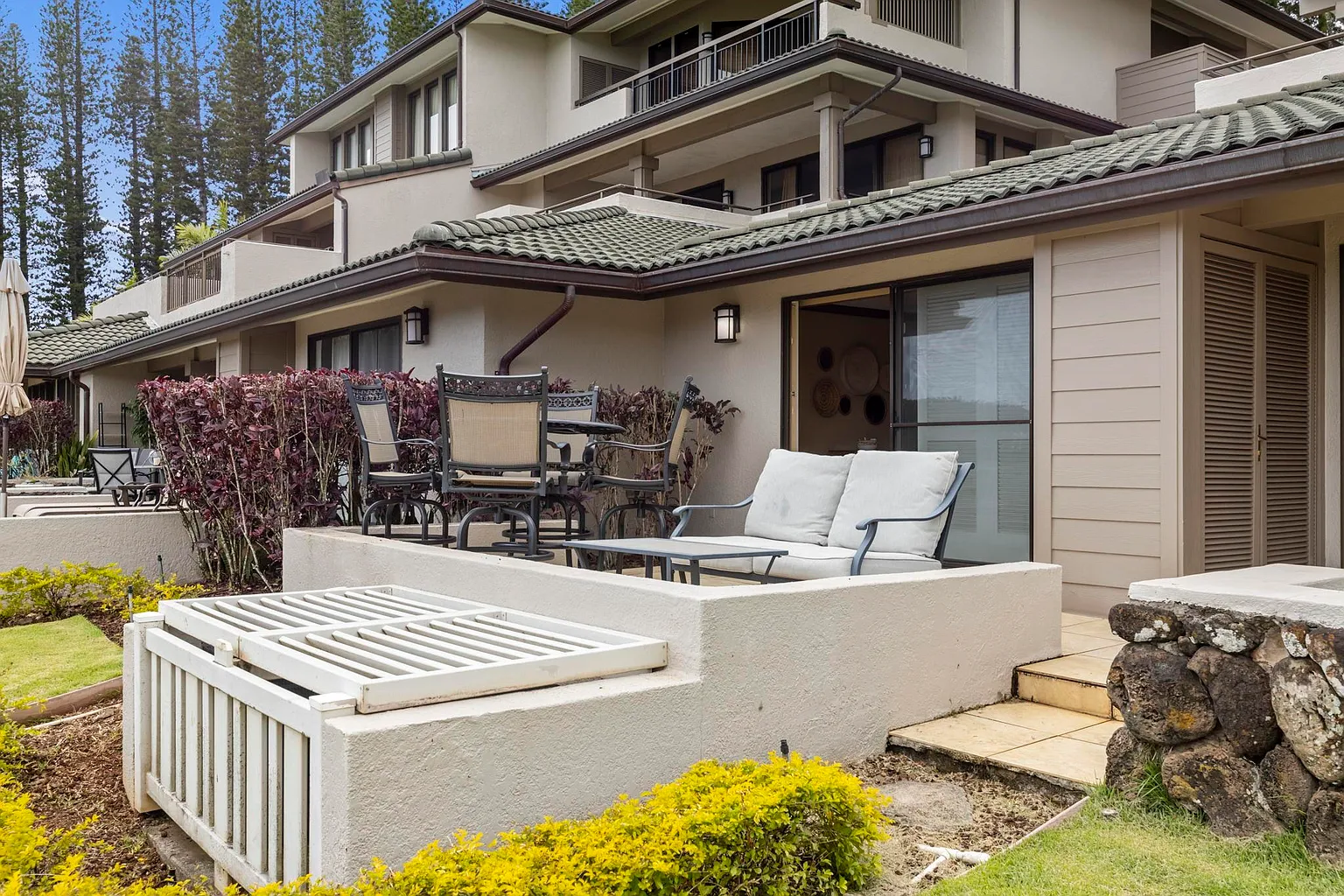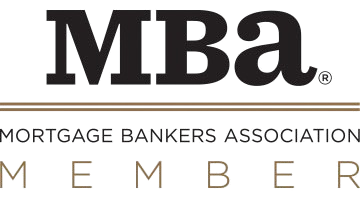Editorial Integrity
Making informed real estate decisions starts with having the right knowledge. At HomeAbroad, we offer US mortgage products for foreign nationals & investors and have a network of 500+ expert HomeAbroad real estate agents to provide the expertise you need. Our content is written by licensed mortgage experts and seasoned real estate agents who share insights from their experience, helping thousands like you. Our strict editorial process ensures you receive reliable and accurate information.
Key Takeaways:
1. The average 30-year fixed mortgage rate is 6.22% as of early November 2025, down from nearly 7.4% earlier this year. This decline has reignited refinance activity across the market.
2. According to the Mortgage Bankers Association, refinance applications are up more than 57% compared to last year, showing growing interest from homeowners looking to cut costs or restructure debt.
3. The Federal Housing Finance Agency (FHFA) reports home prices are still up 2.3% year-over-year, allowing borrowers to tap into built-up equity without eroding loan-to-value ratios.
4. Borrowers are primarily using rate-and-term refinances to lower payments, or cash-out refinances to access home equity for renovations, investments, or debt consolidation.
5. For international real estate investors owning US real estate, refinancing is still possible even without a long US credit history when you focus on equity, income/asset documentation.
Table of Contents
After several years of high mortgage rates, the US housing market is finally seeing relief. Rates have dipped to the lowest levels in over a year, creating an opening for property owners to refinance at more favorable terms.
Whether your goal is to lower your monthly payments, access your equity, or stabilize your loan, 2025 could be the right time to act.
For international real estate investors who already own real estate in the US, this environment is equally promising. Many mistakenly assume refinancing is out of reach due to limited credit history or documentation challenges. However, in reality, HomeAbroad has designed refinance programs tailored to non-US residents and recent immigrants, making the process both feasible and strategic.
Why Refinancing is Gaining Momentum in 2025
Refinancing in the US is seeing its strongest momentum since 2022. Several factors are driving this shift:
For borrowers who financed at higher rates or have variable loans nearing adjustment, this window offers a real financial advantage.
How Refinancing Works and the Options You Have
1. Rate-and-Term Refinance
A rate-and-term refinance replaces your current mortgage with a new one of similar size but at a lower rate or longer term. The goal is simple: lower monthly payments and stronger cash flow.
Example: A borrower with a $400,000 loan at 7.25% could reduce monthly principal and interest by several hundred dollars by refinancing at 6.2%. Over the life of the loan, this could save tens of thousands of dollars.
This option is ideal if you want:
2. Cash-Out Refinance
A cash-out refinance allows you to replace your current mortgage with a larger one and take the difference in cash. It’s commonly used to fund home improvements, debt consolidation, or new investments.
Typical uses include:
HomeAbroad allows up to 75% LTV on investment properties. We help investors assess the most efficient structure based on equity, location, and property type.
How Refinancing Strengthens Cash Flow
The most compelling reason for refinancing in 2025 is its ability to enhance monthly cash flow. Lowering your interest rate or restructuring your loan directly reduces your fixed costs, freeing up money for other uses.
Here are several ways a refinance can improve your financial position:
Refinancing gives you the flexibility to align your mortgage with your financial priorities, whether that’s saving for growth, improving liquidity, or increasing returns on investment.
Case Study: How One Investor Used a Refinance to Grow Cash Flow
Profile:
An international real estate investor, Maria, owns a rental property in Orlando, Florida, valued at $750,000. Her current mortgage balance is $450,000 at 7.25%, with 26 years left on the term.
Challenge:
Maria wants to improve her monthly cash flow and also renovate the property to command higher rent.
Solution:
She refinances into a $550,000 cash-out mortgage at 6.25% for 30 years with HomeAbroad. This gives her access to $100,000 in cash without selling the property.
Result:
Within one year, her property value rises by an estimated $120,000 due to the upgrades.
Takeaway:
By refinancing strategically, Maria improved her rental income, eliminated PMI, and strengthened her overall investment position, all while keeping her debt affordable.
Conclusion
Refinancing is not just a short-term cost-saving move. In 2025, it represents a strategic opportunity for homeowners and investors to leverage favorable market conditions and reshape their financial landscape.
With rates lower and equity high, borrowers can secure better terms, consolidate debt, and use their property’s value to create more liquidity or higher returns. HomeAbroad is experienced in foreign national mortgages and we can assess your profile beyond credit scores and help structure a refinance that fits your global financial picture.
Refinancing today could be the difference between managing your mortgage and mastering it.
FAQs
How much does my rate need to drop before a refinance makes sense?
A drop of 0.75% to 1.0% can make a refinance worthwhile, depending on your loan size and how long you plan to hold the property. The shorter your break-even period (usually under 24 months), the more compelling the savings.
Can foreign nationals refinance without US credit history?
Yes, HomeAbroad allows international real estate investors to qualify without the need of US credit history, using international income documentation, rental income, or asset statements.
What’s the difference between rate-and-term and cash-out refinances?
A rate-and-term refinance aims to reduce your interest rate or monthly payment. A cash-out refinance increases your loan size to access funds tied up in your equity.
Can I refinance an investment property?
Yes, investors often refinance to increase leverage, improve cash flow, or fund future acquisitions. The process is similar to refinancing a primary home, though loan terms and LTV limits may vary slightly.









![DSCR Loan Refinance: How to Qualify & Maximize Benefits [2025]](https://homeabroadinc.com/wp-content/uploads/2024/11/DSCRLoanRefinance.jpg)














